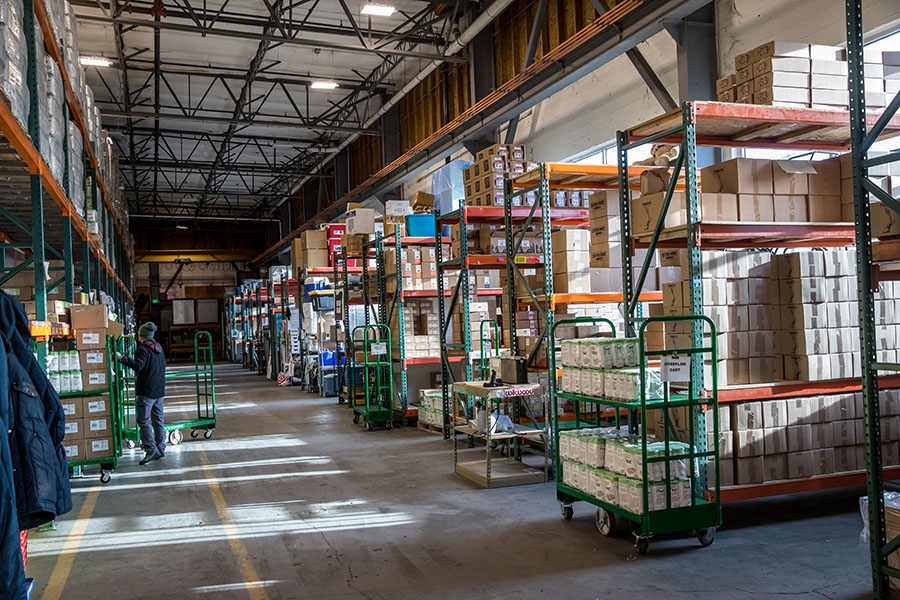E-commerce has made fulfillment centers a must for manufacturers, and industrial zones prime real estate.
In 1997, Washington-based HomeGrocer.com helped pioneer the online home delivery business. In 1999 the company expanded to Oregon, and in 2001 was purchased by Webvan, a California-based company that had just ordered a $1 billion warehouse facility to support what was going to be a new era of online grocery shopping.
By 2007, both companies had filed for bankruptcy.
Part of Webvan’s failure could be attributed to the online bubble bursting. But culture — and consumers’ lack of familiarity with technology — may have played a role as well. According to a Pew survey, in September 2007 just 49% of American adults had ever purchased a product online. The percentage of regular Internet users who had bought an item online was higher — 66% — but e-commerce was far from the norm at the time Webvan folded.
By 2020, e-commerce was more mainstream — and the sector increased rapidly due to the COVID-19 pandemic. According to a report by internet retailer Digital Commerce 360, approximately $1 in $5 spent on retail purchases came from online orders in the first quarter of 2021.
Oregon is a particularly good state for fulfillment centers, being a midpoint between major metros like Seattle and San Francisco. In June, Amazon paid $27 million for land intended for the I-5 Logistics Center to build a fulfilment center of its own along the I-5 corridor.
RELATED STORY: The Last Mile Home
A July report from commercial real estate company JLL found more than 70% of logistics experts expected e-commerce to drive the growth of logistics centers by over 5% in the next three years. over a quarter of them expected growth over 20%. When asked to identify the largest constraint facing occupiers, 43% reported lack of available real estate.
“We are running out of industrial land. Developers aren’t having the ability to develop. There’s more demand than we have available land. Will soon run out,” says Tyler Sheils, industrial real estate lead at JLL’s Portland office. “Functionality and location is leading the dance, so to speak.”
This means multi-level facilities able to accomplish more with vertical space, cold storage allowing food to be kept fresh and automation able to work more efficiently in tight areas, will have the edge as industrial land diminishes.
Demand for fulfillment centers, as well as congestion issues, have legislators already pushing to expand industrial zoning. On July 14th, Columbia County commissioners unanimously voted to rezone 837 acres of farmland along the Columbia River to industrial, drawing concern from farmers and environmental activists over pollutants.
But fulfillment centers are not typical industrial spaces. Electric trucks and fully-electrified facilities could make a zero-emission fulfillment center possible.
Despite being zoned Industrial, fulfillment centers of the future could mean people are more willing to have industrial zoning closer to their backyards. If zoning expectations are made for carbon-neutral facilities, environmental sustainability could become an even more prominent factor in warehouse design.
To subscribe to Oregon Business, click here.







